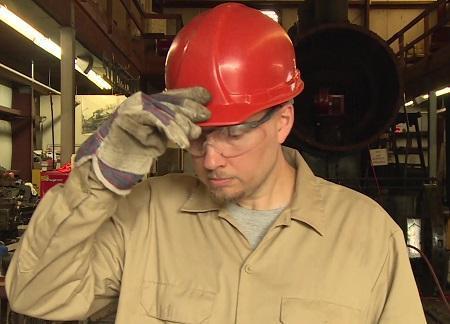Safety culture is a critical component of any organization, and it’s important that it’s continuously improved and updated. In this article, I’ll be discussing how you can change your organization’s safety culture. Whether you’re looking to improve overall safety or address specific issues, these tips will help you create a safer and more effective work environment.
1. The first step in changing your organization’s safety culture is to identify the current culture. This is important because it allows you to understand the strengths and weaknesses of your current safety practices and procedures, and to focus on areas where improvement is needed. In order to identify the current culture, you can conduct a safety culture assessment, which can be done through surveys, interviews, or focus groups. This will give you a clear picture of how employees view safety in the organization, and will help you identify specific areas where improvement is needed.
2. Once you have identified the current culture, it’s important to establish clear safety goals and objectives. This will help you focus on specific areas that need improvement and ensure that your efforts are directed towards achieving measurable results. Your goals and objectives should be aligned with your overall business objectives, and should be communicated to all employees. This will ensure that everyone understands what needs to be done and why, and will help to ensure that everyone is working towards the same goals.
3. Creating a culture of accountability is key for changing your organization’s safety culture. This means holding everyone in the organization responsible for safety, including managers and executives. It also means providing employees with the resources and training they need to stay safe on the job. This can be done through regular safety training, providing employees with necessary equipment, and encouraging them to report any potential hazards they see. When employees feel that they are held accountable for safety, they will be more likely to take safety seriously and will be more likely to report potential hazards.
4. Creating a culture of open communication is critical for changing your organization’s safety culture. This means encouraging employees to speak up if they see something that could be dangerous, and fostering an environment where safety concerns are taken seriously and addressed promptly. Employees should feel comfortable bringing up safety concerns without fear of retaliation. This can be achieved by establishing an anonymous reporting system, having regular safety meetings and creating a culture where safety is a priority.
5. Providing ongoing training and education is essential for changing your organization’s safety culture. Employees need to be trained on the latest safety procedures and technologies in order to stay safe on the job. This training should be ongoing, as safety practices and technologies are constantly evolving. This can be done by providing regular safety training, and by providing resources such as handbooks and guides. It’s also important to provide training in a variety of formats, such as online training, on-the-job training, and in-person training, in order to meet the needs of all employees.
6. Recognizing and rewarding safe behavior is important for changing your organization’s safety culture. This means rewarding employees who follow safety procedures and who identify and report potential hazards. It also means recognizing teams or departments that have a strong safety record. Rewards can include things like bonuses, gift cards, or even time off. When employees see that their efforts are recognized and rewarded, they will be more likely to take safety seriously and will be more likely to report potential hazards.
7. Continuously monitoring and evaluating the safety culture is important for changing your organization’s safety culture. This means regularly assessing the effectiveness of safety procedures and making adjustments as needed. It also means identifying areas where further improvement is needed and taking steps to address those areas. This can be done through regular safety inspections, employee surveys, and focus groups. By continuously monitoring and evaluating the safety culture, you can ensure that it is always improving and that it is meeting the needs of the organization.
8. Involvement of employees is important in changing your organization’s safety culture. Employees are the ones who are on the front line of safety, and they should be involved in the process of creating a safer work environment. This means involving them in the development of safety procedures and in the assessment of the effectiveness of those procedures. By involving employees, they will feel that they have a stake in the safety culture and will be more likely to take ownership of their own safety and the safety of their colleagues. One way to involve employees is to establish a safety committee. This committee can be made up of employees from various departments and levels within the organization. The committee’s role would be to identify potential hazards and develop solutions to address them. Another way is to conduct regular safety meetings where employees can give feedback and suggest improvements. By involving employees, you can tap into their knowledge and experience and gain insights that you may not have considered.
Changing your organization’s safety culture is a long and continuous process that requires ongoing attention and commitment from everyone in the organization. By identifying the current culture, establishing clear safety goals and objectives, creating a culture of accountability and open communication, providing ongoing training and education, recognizing and rewarding safe behavior, continuously monitoring and evaluating the safety culture and involving employees, you can create a safer and more effective work environment for all. Remember safety culture is not a one-time project, but rather a journey that requires constant attention and improvement.










